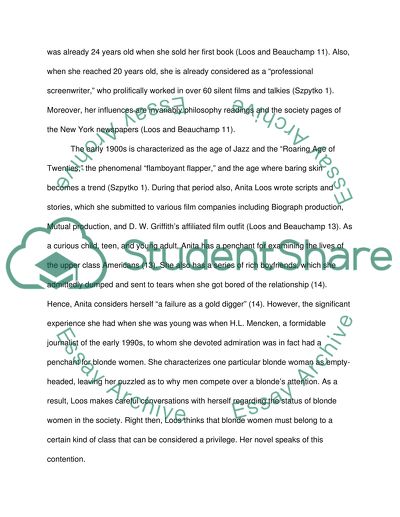Cite this document
(“Gentlemen prefer blondes Essay Example | Topics and Well Written Essays - 2250 words”, n.d.)
Retrieved from https://studentshare.org/english/1464702-gentlemen-prefer-blondes
Retrieved from https://studentshare.org/english/1464702-gentlemen-prefer-blondes
(Gentlemen Prefer Blondes Essay Example | Topics and Well Written Essays - 2250 Words)
https://studentshare.org/english/1464702-gentlemen-prefer-blondes.
https://studentshare.org/english/1464702-gentlemen-prefer-blondes.
“Gentlemen Prefer Blondes Essay Example | Topics and Well Written Essays - 2250 Words”, n.d. https://studentshare.org/english/1464702-gentlemen-prefer-blondes.


